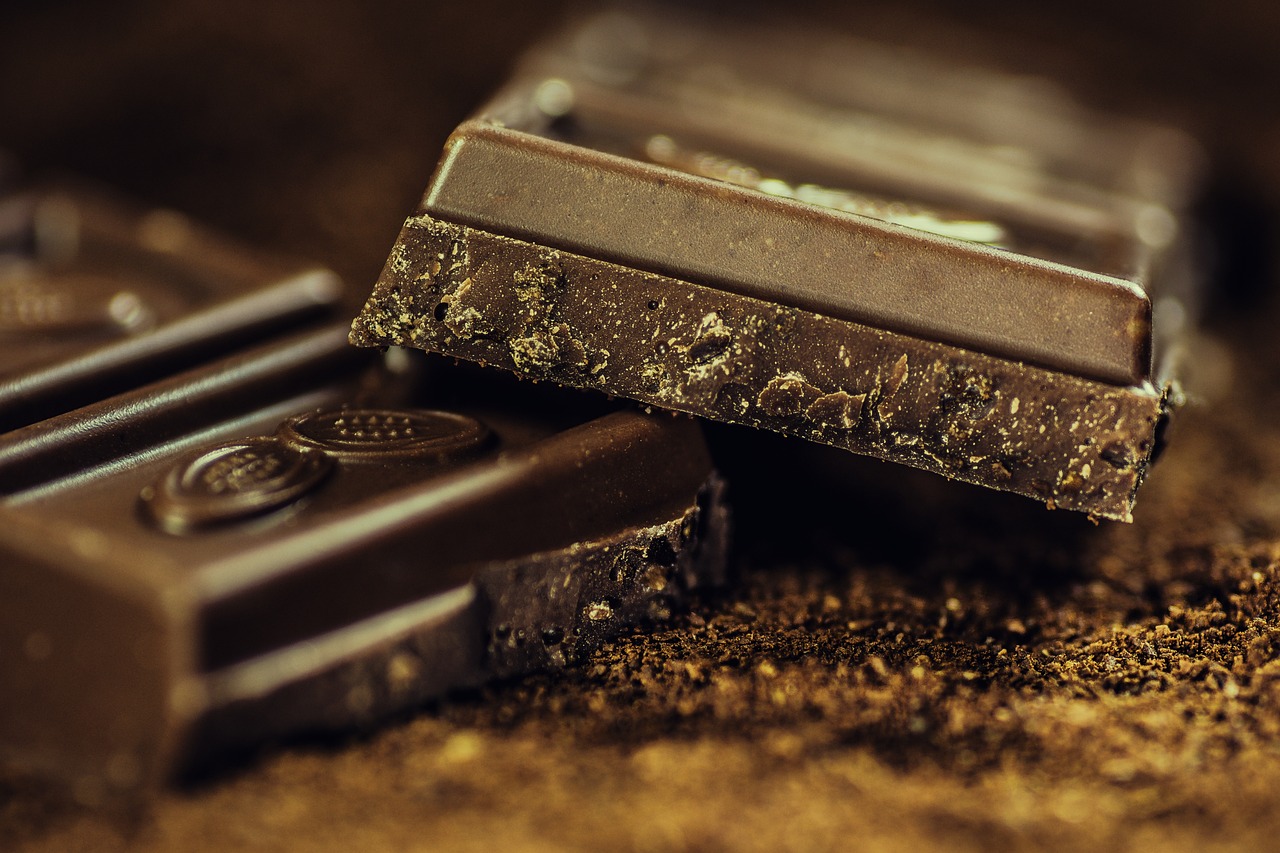
The Sweet Journey of Chocolate: From Ancient Civilizations to Modern Delights
The Mayans and Aztecs were among the first to use cocoa as a food product: the beans were finely ground and prepared as a sweet cold drink. But this is just one moment from a fascinating story, more in this article.
The Sweet Origins of Chocolate
According to scientific research, eating chocolate is more beneficial for the body than eating fruit. Researchers say the magnesium contained in the product helps relieve depression, improve memory and stress tolerance, as well as strengthen the immune system. Additionally, chocolate therapy can boost the immune system of people with chronic fatigue syndrome. Chocolate wraps are commonly used in spa salons to improve skin tone. Overall, chocolate not only pleases our taste buds but also contributes to our well-being and happiness.
Have you ever heard about chocolate history? When did chocolate first appear and where? This story is really interesting and began a long time ago, when the Mayan tribes discovered cocoa beans and their amazing properties, including the ability to treat headaches, relieve fatigue, and heal wounds. Furthermore, dishes made from cocoa beans were highly satiating. Keep reading and find out the details.
Cocoa Tree History Goes Back Thousands of Years
The cocoa tree originates from rainforest regions of tropical America. The Mayan tribes worshipped the cocoa god and consumed chocolate as a sacred beverage in their ceremonies. The Aztecs called cocoa fruits the food of the gods and thought they provided spiritual enlightenment.
Initially, chocolate was used exclusively as a drink. The term “chocolate” comes from the Mexican Indian language and means “bitter water” or “water and foam.” The drink had a thick consistency and strong taste, made with a variety of spices and fragrant herbs. The first European, Christopher Columbus, tried just such a beverage. However, the drink remained forgotten for a century.
It was first truly appreciated by Fernando Cortes, Viceroy of New Spain. While conquering part of Mexico, he enjoyed the invigorating energy of the Indian beverage. Furthermore, the indigenous people used the cocoa fruit as currency. Having learned about this, Cortez became the richest owner of cocoa plantations.
Thanks to Cortez, the drink reached the Spanish monarch. Thus, chocolate became the favorite drink in all noble houses. Poor people could not try the drink: it was very expensive. With one hundred cocoa beans, one could buy a good slave.
The 19th century was innovative in chocolate production. In 1828, engineer Conrad van Houten created and received a patent for a hydraulic press that was used to extract oil from cocoa beans. In 1879, the Swiss Daniel Peter, after eight years of experimentation, introduced solid milk chocolate to the public. In the same year, Rudolf Lindt (an inventor from Bern) developed an innovative machine and started making melt-in-mouth fondant chocolate. Twenty years later, Zurich confectioner Rudolf Sprüngli purchased Lindt’s invention for 1.5 million francs, as the chocolate had become extremely popular.
Chocolate Candies: A Sweet Evolution
Speaking about the story of chocolate, we would also like to mention where and when chocolate candies appeared. More than 3 thousand years ago, the ancient Egyptians accidentally mixed figs, honey, and nuts. During excavations in Egypt, archaeologists found drawings and notes containing information about what sweets looked like and how they were prepared. Scientists note that sugar was not yet known at that time. Dates and honey were used instead.
Almonds and figs were used to make sweets in the Eastern region. In certain Eastern states, each tribe had a unique baker and confidential recipes. Until now, Arab countries are well-known for their wide range of delicious desserts. The Arabs were the first to start boiling sugar in order to create innovative confectionery products. In ancient Rome, nuts and poppy seeds were boiled with honey and then covered with honey-soaked sesame seeds. The result was something similar to nougat.
Pharmacist John Neuhaus made the first real edible chocolates in Brussels in 1857. While inventing a cough medicine, he accidentally created a product that we now call chocolate candies. In 1912, his son introduced chocolates in attractive gold packaging to the market. However, they were the privilege of an elite social class for a long time.
The word “candy” itself comes from the Latin “confectum”. This term was widely used by pharmacists in the 16th century.
The Emergence of White Chocolate
The first mention of white chocolate appeared at the end of the 19th century. In 1875, Nestlé launched its first white chocolate product in Switzerland, which was used as a decoration for cakes and desserts. The company had a large amount of cocoa butter that required utilization. So the management decided to use it in such an original and tasty way. Nevertheless, white chocolate was not yet produced in the correct proportions at that time.
In the 1930s, the Tobler company began producing white chocolate under the name “Toblerone Bianco”. During the 1950s, production became globalized. Today, white chocolate is created in numerous factories and can be found in multiple variations like bars, candies, and baking ingredients. The main ingredients include cocoa butter, sugar, milk, and vanillin, without adding cocoa powder. Thus, chocolate has a creamy color (sometimes with a yellowish tint) and minimal amounts of antioxidants like theobromine and caffeine.
Chocolate Composition and Beneficial Properties
As mentioned in the introduction, chocolate has numerous positive impacts on human health. And all thanks to its unique composition:
- Plant flavonoids: Enhance circulation, support brain health, and increase oxygen levels in brain cells.
- Phenylethylamine: Increases serotonin levels in the brain and improves nerve cell performance.
- Theobromine and magnesium: Relax nerve endings, relieve stress, improve emotional and mental state.
- Antioxidants: Remove free radicals, protect neurons from damage.
Cocoa beans contain natural substances that stimulate the production of serotonin, dopamine, and tryptophan. They are responsible for energy and mood; their deficiency can lead to neuroses and depression.
Lecithin is present in the muscle and nerve cells of our body and is rapidly consumed during periods of physical and emotional stress. But the favorite delicacy helps replenish its reserves, relieving irritability and fatigue.
Besides, chocolate contains B vitamins (B1, B2, B5, B6, B9), vitamin E, as well as magnesium, potassium, zinc, and iron. So, it can help support overall mental health and well-being.
Conclusion
As we can see, chocolate has a sweet history that dates back to ancient times. But it is important to understand that in different historical periods the word “chocolate” meant completely different products obtained from cocoa beans. Until the beginning of the 17th century, chocolate was a cold, tart beverage with a bitter taste, obtained from ground cocoa beans. Since the second third of the 19th century, it has been known as a solid product based on cocoa butter. The hot chocolate drink has also become very popular.
Chocolate has great benefits: it improves mood, enhances brain function, and slows down the aging process, among others. So feel free to please yourself and your family with this delicious treat from time to time!
